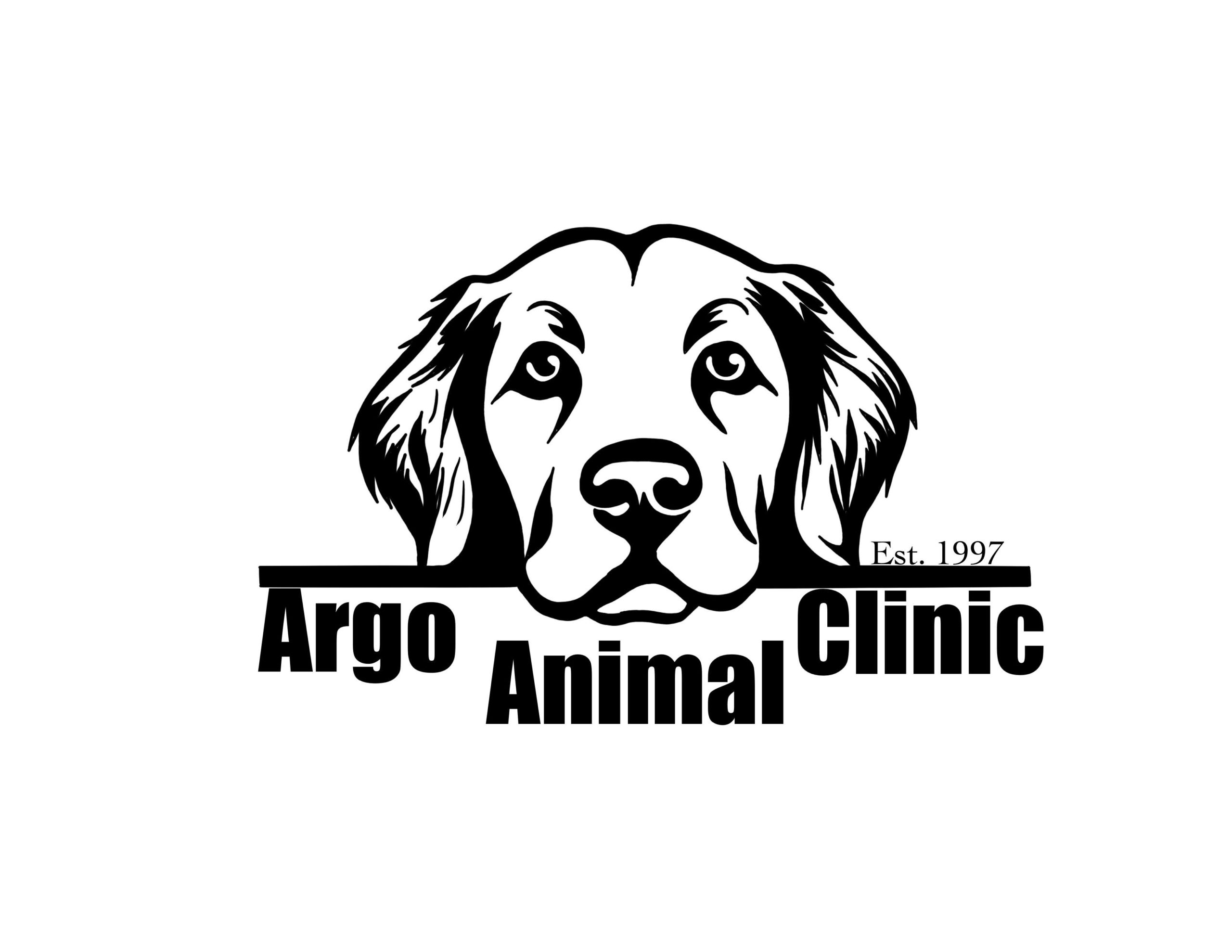Dogs - Administering medication in the ear
"It is important to get the medication into the horizontal part of the ear canal..."
It is important to get the medication into the horizontal part of the ear canal (see diagram on page 1. Unlike our ear canal, the dog's external ear canal is "L" shaped. The vertical canal connects with the outside of the ear and is the upper part of the "L". The horizontal canal lies deeper in the canal and terminates at the eardrum. Our goal is to administer the medication into the lower part of the "L" - the horizontal ear canal.
The ear canal may be medicated by following these steps:
1. Gently pull the earflap straight up and slightly toward the back and hold it with one hand.
2. Using the other hand, apply a small amount of medication into the vertical part of the ear canal while continuing to keep the earflap elevated. Hold the ear up long enough for the medication to run down to the turn between the vertical and horizontal canal.
3. Put one finger in front of and at the base of the earflap, and put your thumb behind and at the base.
4. Massage the ear canal between your finger and thumb. A "squishing" sound tells you that the medication has gone into the horizontal canal.
5. Release the ear and let your dog shake its head. Many medications will contain a wax solvent and you may observe debris dissolved in this solvent leaving the ear as your dog shakes its head.
If a second medication is to be used, apply it in the same manner. Typically, you should wait 5-30 minutes before applying additional medications. Be sure to ask your veterinarian for specific directions regarding any ear medication or cleansing agents.
"Do not use cotton tipped applicators to do this, as they tend to push debris back into the vertical ear canal."
When all medications have been applied, clean the outer part of the ear canal and the inside of the earflap with a cotton ball soaked in some of the medication. Do not use cotton tipped applicators to do this, as they tend to push debris back into the vertical ear canal.
© Copyright 2025 LifeLearn Inc. Used and/or modified with permission under license. This content written by LifeLearn Animal Health (LifeLearn Inc.) is licensed to this practice for the personal use of our clients. Any copying, printing or further distribution is prohibited without the express written consent of LifeLearn. This content does not contain all available information for any referenced medications and has not been reviewed by the FDA Center for Veterinary Medicine, or Health Canada Veterinary Drugs Directorate. This content may help answer commonly asked questions, but is not a substitute for medical advice, or a proper consultation and/or clinical examination of your pet by a veterinarian. Please contact your veterinarian if you have any questions or concerns about your pet’s health. Created on May 19, 2011.
